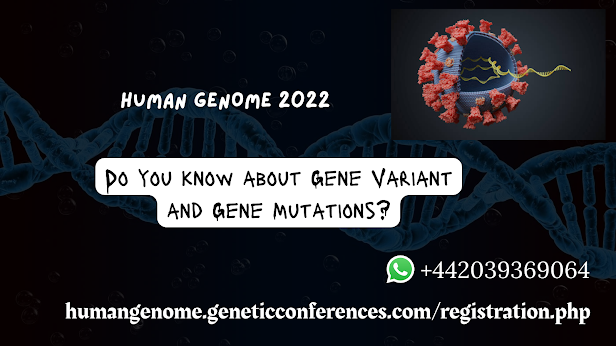Do you know about the Genetic Fingerprinted Clones?

Fingerprint profiling (FPP) is a method to detect and categorizing rearrangements in the human genome that exploits restriction digest fingerprints of bacterial artificial chromosome clones. The methods are focused micro-deletions and balanced rearrangements by aligning experimental fingerprint patterns with in silico digests of the sequence assembly. Our method has the potential to be used as a whole-genome method for detecting and analyzing human genomic rearrangements. Physical map development is accelerating, thanks to the advent of new high-information content fingerprinting techniques for constructing BAC-based physical maps, and it's critical to figure out which procedures work best. Investigated five different techniques (one agarose-based and four utilising multiple enzymes) and determined that a two-enzyme strategy was preferable. Additionally, they discovered that fingerprinting more than 10 coverage provided no effect. We provide our own thorough simulation results...

